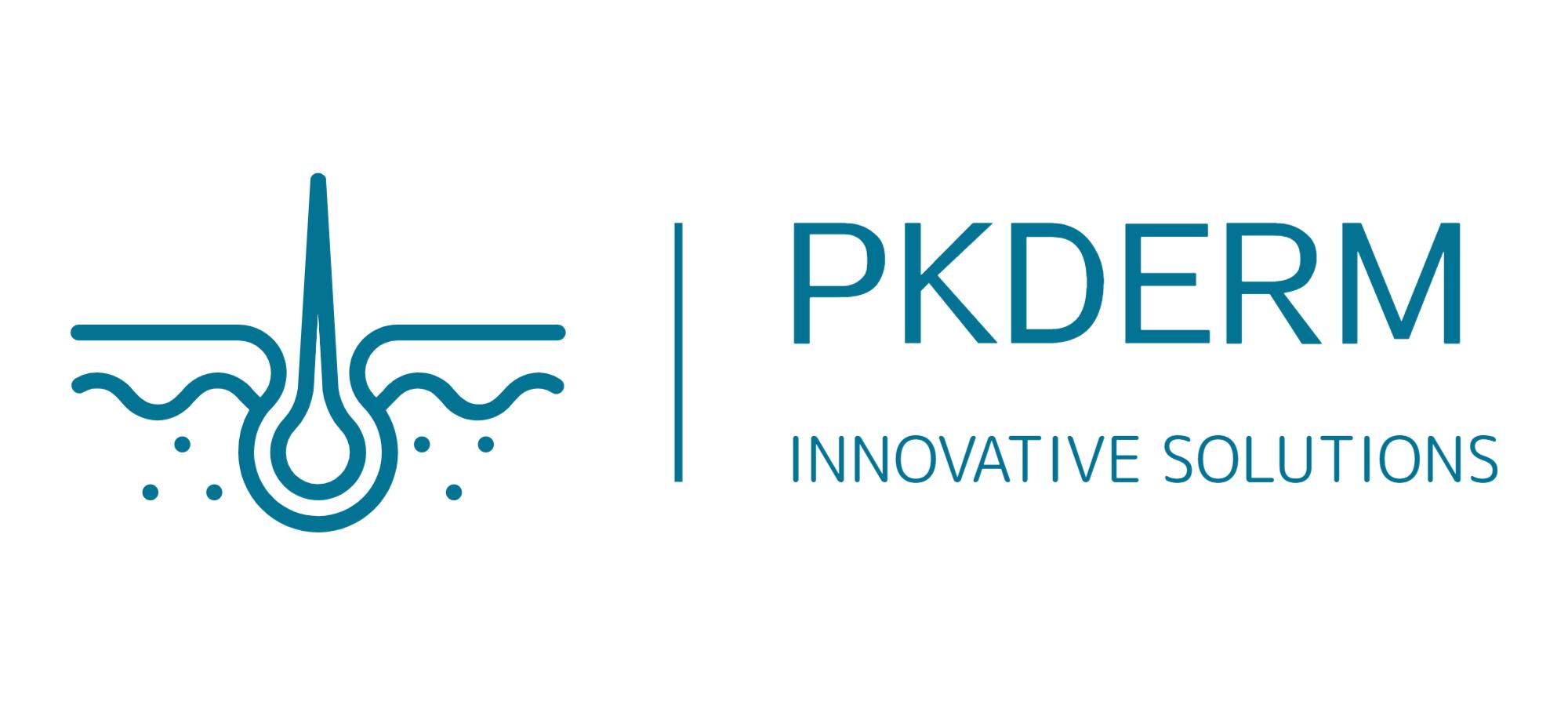OpenTox Virtual Conference 2021 Session 8
The acute, chronic, and transgenerational effects of antibiotics on Daphnia Magna
Katie O’Rourke, Konstantinos Grintzalis
Dublin City University, School of Biotechnology
Funding Body: Irish Research Council, Science Foundation Ireland
In recent years, pollution of water bodies by antimicrobial compounds has become a major concern, and is recognized by the World Health Organization as one of the three most serious threats to society. Moreover, antibiotics such as sulfamethoxazole and amoxicillin have been recognized being a potential threat to aquatic wildlife and have been added to the EU Watch List. Antibiotics eventuate into aquatic ecosystems through several pathways, including wastewater treatment plant effluent, improper disposal and from land surface run-off. Alike other pharmaceuticals, antibiotics pose a threat to freshwater biota by disrupting typical biocenosis and by the inhibition of normal biological processes. However, they are unique as they also contribute to the phenomena of antibiotic resistance which is a risk to both human and animal health. Modern water monitoring techniques produce greater insight to the potential toxicity of antibiotics by using effect-based methods and employing model species i.e. Daphnia magna. In this study we assessed the potential toxicity of amoxicillin, trimethoprim, erythromycin, and sulfamethoxazole by measuring a number of phenotypic and molecular endpoints. Daphniids were exposed acutely (24 hours), and chronically (21 days) and their responses were assessed. In addition, to evaluate the transgenerational impact of antibiotic exposure, daphniids were exposed to an environmentally relevant concentration of the antibiotics and their mixture over four generations and a number of biochemical markers were assessed. Results showed distinct responses for each antibiotic and different trends among the duration and type of exposure.


